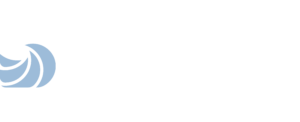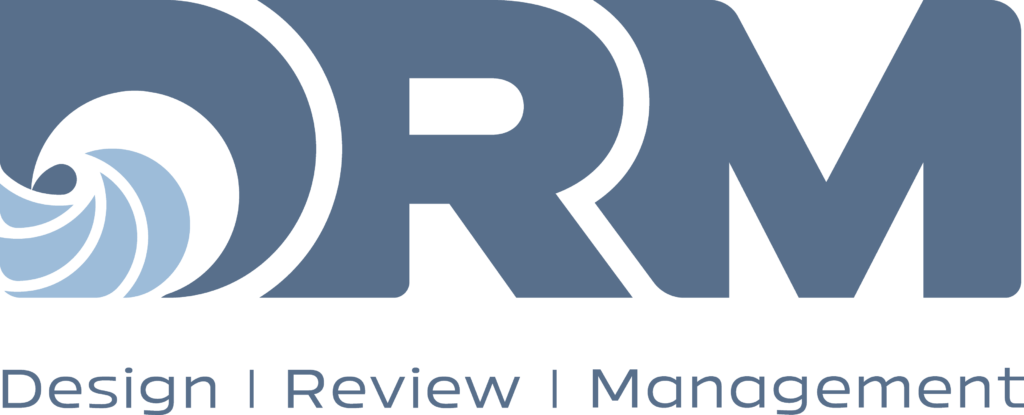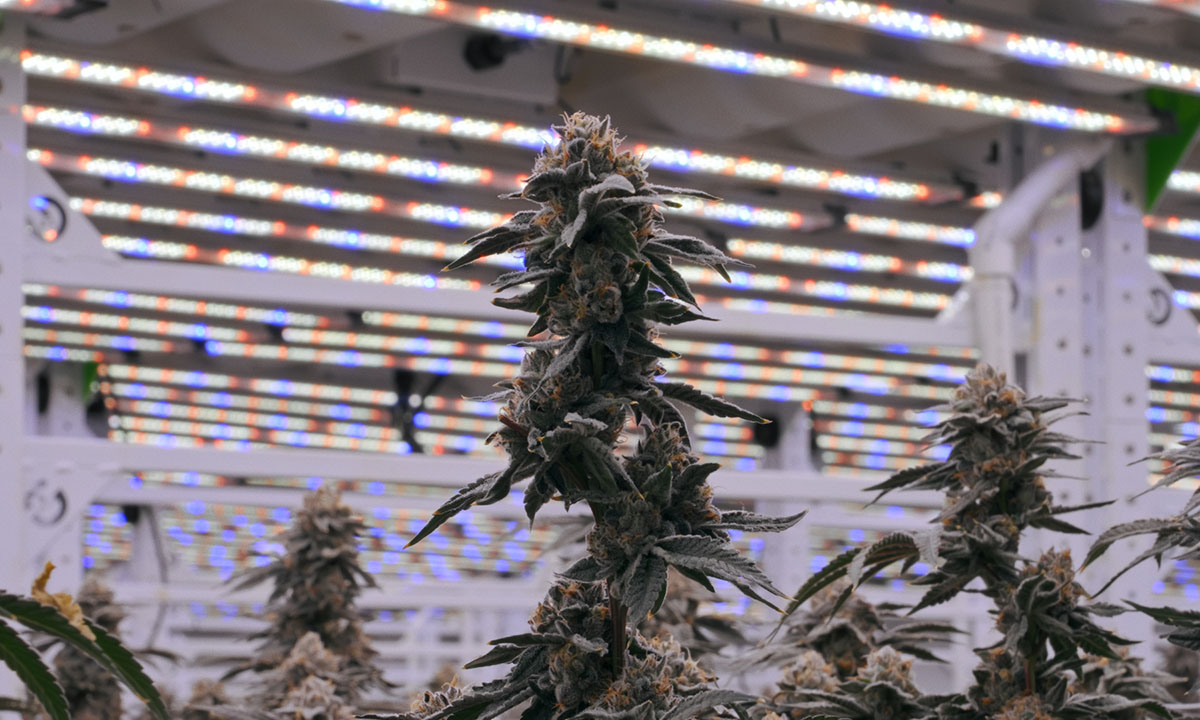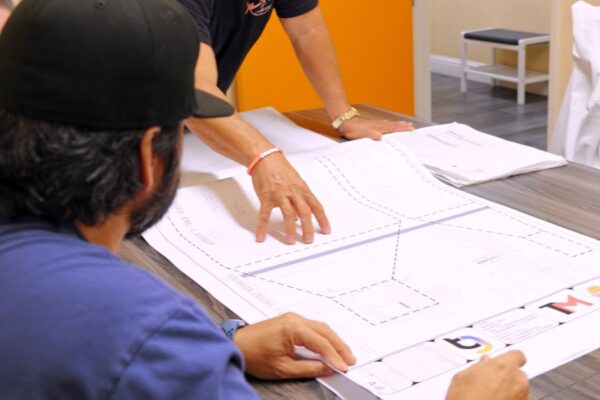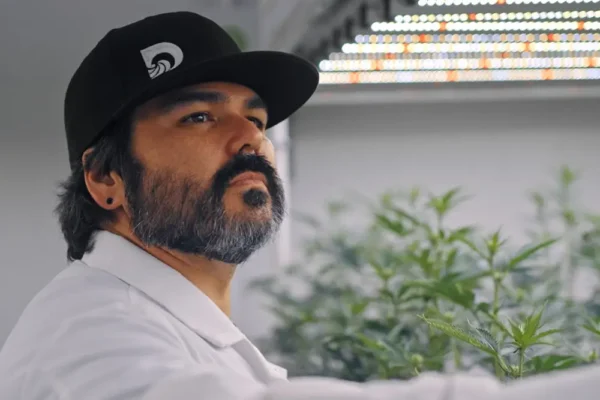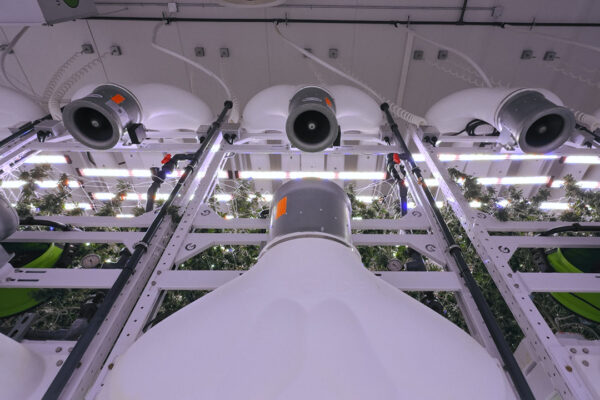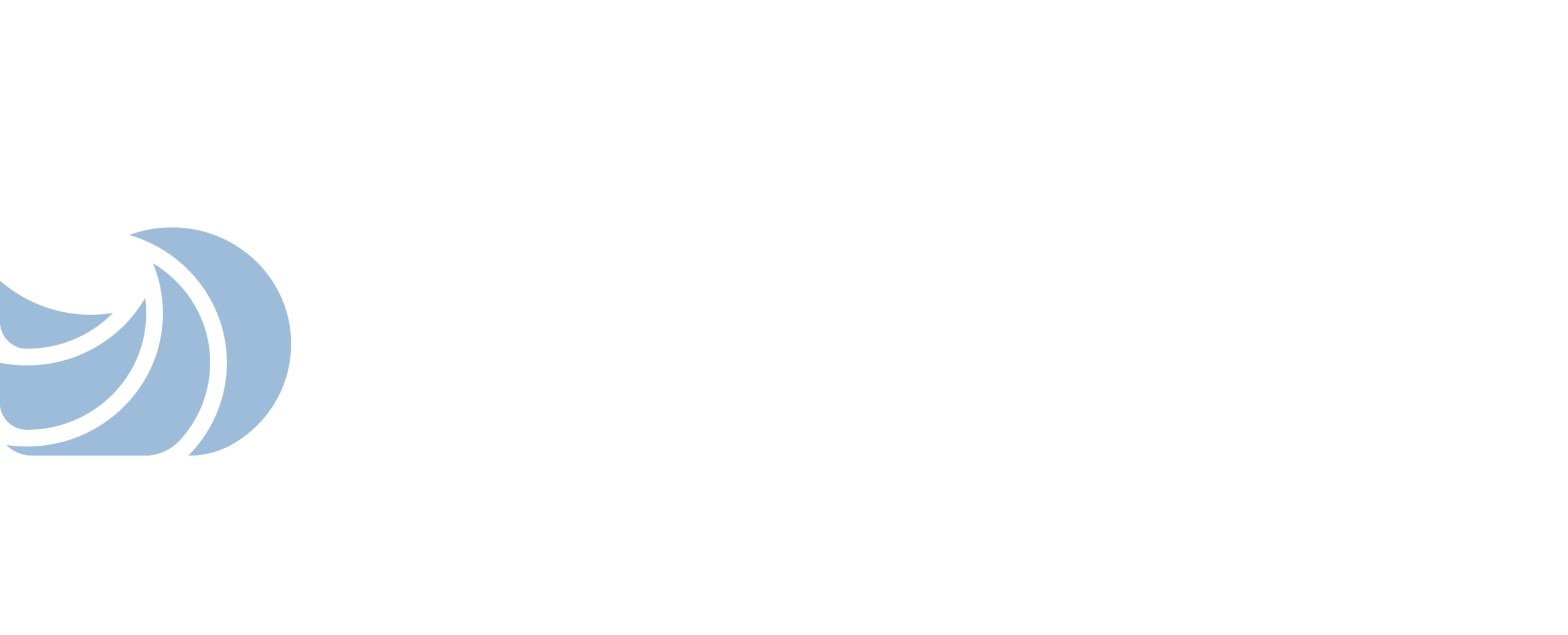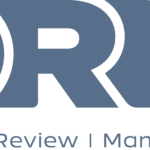Designing a facility is like building a MotoGP racing motorcycle. Each component—from the high-performance engine and aerodynamic bodywork to the precision-tuned suspension—must be perfectly aligned with the others to achieve peak performance on the track. Any misalignment or oversight could throw the entire machine off balance, affecting speed, stability, and safety. Just like an expert engineer crafts each part with precision, designing a facility demands meticulous attention to how each element integrates into the whole, ensuring a seamless and exhilarating operational ride.
1. Space Planning: The Foundation Stone
Space planning is the cornerstone of successful facility design. If your design isn’t accounting for the intended use of space, you might find yourself going back to the drawing board more often than you’d like. Consider space planning as understanding the jigsaw before you even begin placing pieces—it defines the physical attributes of your facility.
For those venturing into cannabis cultivation, think about whether your design accommodates everything from propagation to packaging. Understand the nuances of your operations—are you a vertically integrated facility with multi-tier flowering sections that require nuanced planning?
Remember: designing for a two-tier system versus a four-tier setup isn’t just about adding another floor—it’s an all-encompassing leap in complexity, capturing more layers of consideration. DRM’s extensive experience, covering over 14.2 million square feet, underscores the importance of getting this crucial first step right.
2. Operational
There’s a reason some people wander through IKEA for hours with a smile—in a well-designed place, everything flows seamlessly. Similarly, your facility should embody the “IKEA mentality,” ensuring processes move in a singular flow from one stage to the next without hindrance. Picture the operational flow as the efficient coordination demonstrated by Ray Kroc at McDonald’s, where everything is orderly and logically placed.
Crossing pathways not only leads to inefficiencies but could also result in mistakes. Establish defined routes to mitigate bottlenecks and facilitate smooth operations.
3. Team Input: Building the Chef Their Kitchen
You wouldn’t design a kitchen without consulting the chef, right? Facility design is no different. Inputs from operators, growers, builders, and contractors are vital. Their insights shape the design to reflect workflows and systems essential for everyday operations.
Consider creating a dialogue with your contractors and other stakeholders about large-item availability, equipment preferences, and other critical factors. It’s akin to customizing ingredients for the culinary masterpiece you want to serve.
Bullet-List of Team Inputs:
- Operators and Growers: Preferences and dislikes
- Builders and Contractors: Availability and understanding of vision
- Financiers and Investors: ROI and scaling expectations
4. Utility Check: Being Mindful of Resource Availability
Imagine conducting an orchestra—every resource is an instrument, and if even one falls out of tune, the entire symphony falters. Resource management is a meticulous balancing act between realities and ambitions. Utilities, like electrical power and water, form the backbone of your facility.
Key Resource Components:
- Electrical Power: Ensure your facility can support the voltage, watts, and amps required. Are there plans for expansion? Factor them in now.
- Water Supply and Waste Management: In urban settings, waste disposal might be a breeze, but remote sites need vigilant monitoring. Generating waste without the means to process or dispose of it can stifle operations or, worse, halt them.
- Funding Availability & Milestones: While capital might not seem as tangible as physical utilities, its impact is undeniable. Balancing vision with budgetary constraints and cashflow projections requires a delicate dance between dreams and dollars.
Resource planning isn’t just anticipating needs—it’s also about future-proofing against supply chain vulnerabilities. Recall recent global challenges that saw equipment delivery timelines stretching over a year. At DRM, we actively manage the nuances of resource management across all 687 projects to date, leaving no stone unturned.
5. Reality Check: Understanding Constructability
As much as we’d love to say dreams can soar without bounds, they must occasionally adapt to reality’s embrace. Constructability—understanding what it truly takes to build what you’ve envisioned—is your design’s grounding force. Having an experienced project manager with cannabis-specific construction insights is indispensable.
For instance, constructing a soaring multi-tier cultivation setup isn’t just an exciting venture; it’s a complex puzzle involving timing, logistics, and more. Partnering with contractors who ‘get’ the cannabis industry streamlines this balancing act significantly.
Considerations for Successful Constructability:
- Project Timelines: Ensure timelines consider potential delays due to unforeseen challenges.
- Experience of Contractors: Engage those who’ve navigated cannabis-specific challenges.
- Innovation Needs: Every new design can throw a curveball—being prepared to catch and throw new ideas is essential.
At DRM, we’ve often had to innovate beyond existing norms, creating bespoke solutions like pioneering energy-efficient HVAC systems tailored for cannabis environments.
6. Preferred Equipment: Your Targeted Arsenal
In the art of cultivation, equipment isn’t merely a necessity—it’s a chosen ally. Think of growers as chefs crafting their culinary domain. Ensuring their needs align with the facility’s design is paramount.
Preferred equipment should be defined by:
- Grower’s Experience and Preference: Like a chef’s favored knife, a grower has specific tools and environments conducive to their best work.
- Economic Incentives: Take advantage of rebate programs. While some state programs are exhausted, savvy planning can uncover remaining opportunities.
- Regulatory Constraints: By ensuring choices comply with local regulations, we protect against future constraints—such as in California, where certain equipment is restricted due to emission standards like (Prop 65).
Tying preferred equipment to tangible budget considerations is essential. Imagine an investment-savvy botanist chef (if you will) who selects tools that strike the optimal balance between performance and cost.
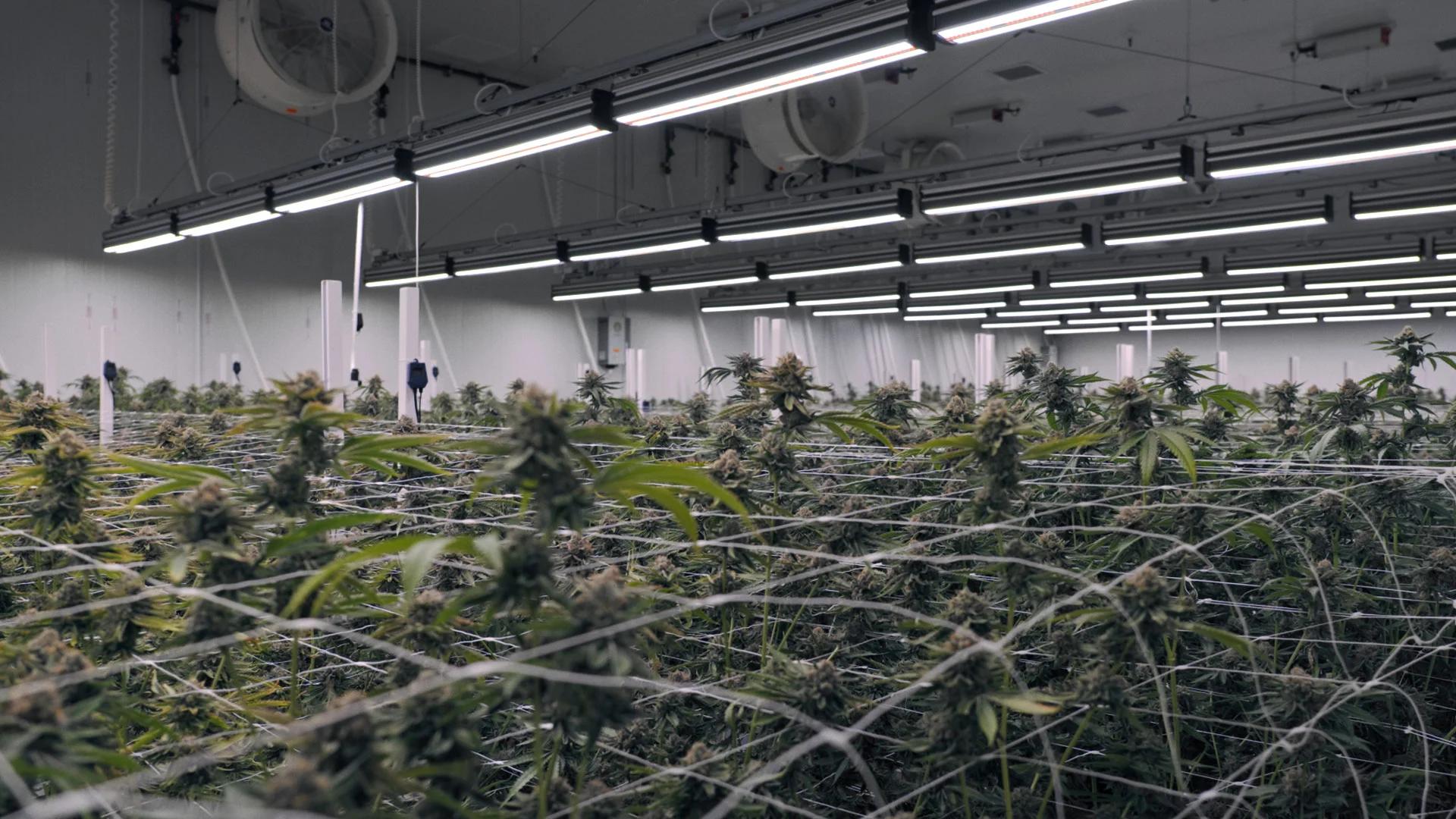
7. Project Phasing: Rome Wasn’t Built in a Day
While Rome wasn’t built in a day, neither should your facility be. Phased construction not only eases financial burdens but allows for strategic adaptability—building capacity that evolves with your market.
Benefits of Phasing:
- Financial Prudence: Phase by phase, expenditure aligns with OPEX and CAPEX realities, reflecting operational trajectories that are digestible.
- Market Adaptability: It permits real-time reaccommodation of shifting market landscapes.
- Operational Reliability: Focus improves through smaller, more attainable targets.
In an emerging market, like cannabis, phasing is often integral to maintaining agility. At DRM, our methodical phasing strategy supports efficient transitions for all 450 “Certificate of Occupancy” permits we have successfully secured.
8. Understanding Surroundings: Contextual Exploration
The importance of understanding your surroundings goes beyond selecting the right neighborhood pizza joint. This understanding fortifies your facility against encroaching adversities and optimizes its capacity for success.
Key Surrounding Elements to Consider:
- Environmental Influence: Local climate conditions may impose additional design considerations, like advanced insulation in extreme temperatures.
- Existing Build Integrity: Whether ground-up or remodeling, meeting construction standards is vital.
- Local Infrastructure Needs: Consider power upgrade timing, road access, and internet connectivity.
- Local Safety and Security Needs: Tailor security measures to the facility’s location. Remote facilities might not require the elaborate security systems that an urban facility with a higher crime rate might need.
Infrastructure foresight pays dividends in navigating practical hurdles. As part of our comprehensive approach, DRM addresses these elements with precision, adapting security needs to the unique circumstances of each facility’s environment.
9. Code Compliance: Aligning Within the Framework
Ever felt like a stickler when the rulebook gets whipped out at board games? Facilities need that sense of strict yet savvy approach toward code compliance to ensure smooth operations. The code labyrinth spans national, state, and local levels, and dancing through them elegantly is mandatory.
Building Code Requirements:
- National Codes:
- All designers worth their salt will have a solid grasp on national building codes and standards. If they don’t, you may want to reconsider working with them. National codes provide the foundational anchors for safety and functionality in facility design.
- State-Specific Codes:
- Variations among state codes often introduce cannabis-specific regulations, adding layers of complexity. These unique stipulations can be analogous to a chef adapting a recipe for regional flavors—familiar yet distinct in their demands.
- Local Codes and Ordinances:
- Address the peculiar challenges unique to the specific locale. For instance, some regions may impose unexpected requirements like Nevada’s mandate for “one hand sink per flower room.” Local insights often define these nuanced, jurisdictional differences.
While many designers can navigate national codes, the true testament to quality lies in their ability to efficiently streamline the research process for state and local codes. Experienced designers, like those at DRM, have honed methodologies to swiftly tackle these variables, ensuring compliance becomes a seamless component rather than a cumbersome hurdle.
With this grasp on codes, we’ve positioned ourselves as adept navigators within the diverse regulatory landscapes, minimizing setbacks due to oversight. As regulations evolve—as demonstrated by California’s mid-year alteration in July 2024—staying attuned to these changes is crucial for maintaining compliance excellence.
By embracing this enhanced roadmap through your facility design journey, success becomes not just probable but palpable. Whether you’re a seasoned operator or just testing the waters of self-design, these foundational concepts guide an often-convoluted process with greater confidence and foresight. While a non-DRM designer may have touched upon parts of this process, ensuring each component aligns with these considerations will elevate your final product—bringing you a step closer to operational distinction through design excellence.
Ready to Take Your Facility Design to the Next Level?
Don’t let crucial design elements slip through the cracks. Partner with DRM to ensure your facility is built with precision, efficiency, and future-proofing in mind. Contact us today to discuss how we can help turn your vision into reality with expert collaboration and support. Let’s create a design that works for you—and for the future of your operations!
